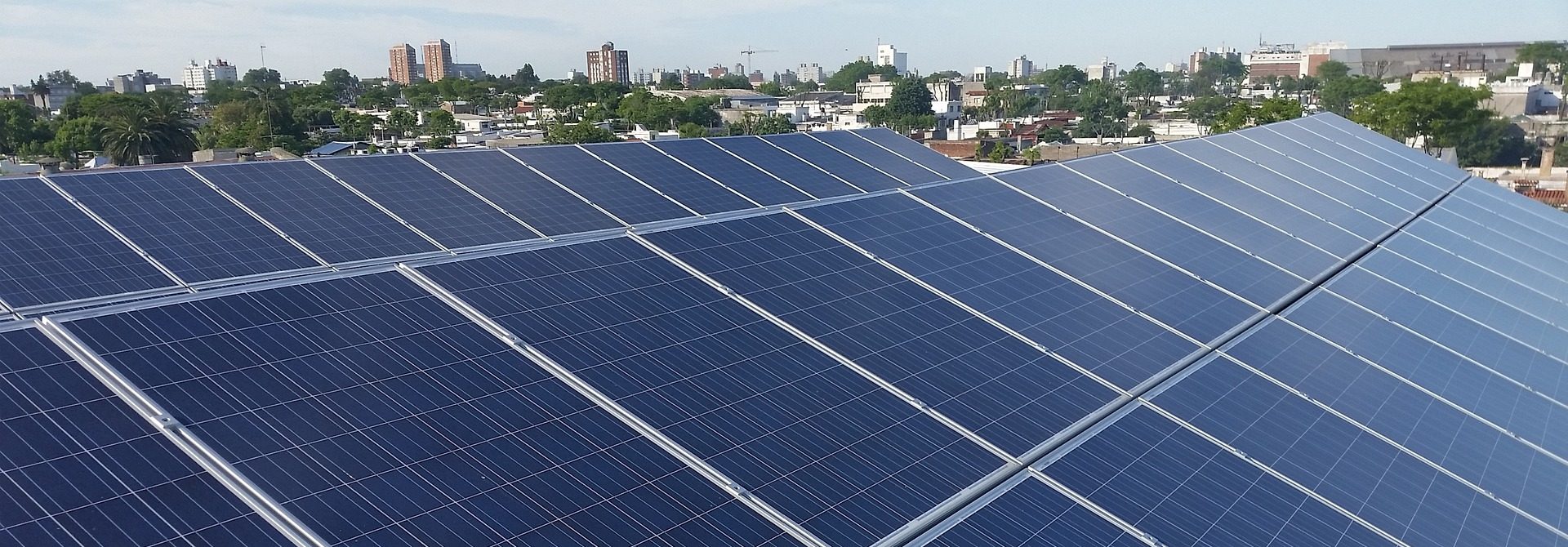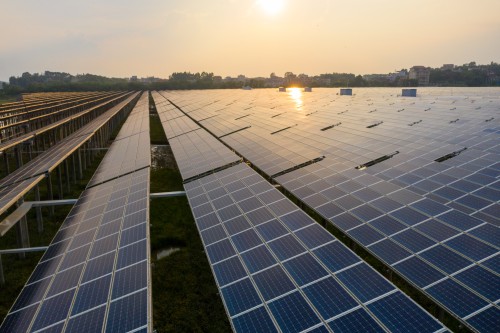Solar energy is becoming an increasingly important part of Canada’s energy mix. With its abundance of sunlight, Canada is well-positioned to take advantage of this renewable source of energy.
Solar energy has been used in Canada for many years, but its use has increased significantly in recent years. In 2018, Canada had over 2,000 megawatts of installed solar capacity, which is enough to power over 250,000 homes. This is a significant increase from the 400 megawatts of installed capacity in 2015.
The benefits of solar energy are many. It’s a renewable source of energy that doesn’t emit greenhouse gases, and its availability is not dependent on any particular fuel source. Solar energy is also relatively easy to install and maintain, making it an attractive option for many homeowners and businesses.
In addition to its environmental benefits, solar energy can also provide economic benefits. Solar energy can reduce electricity bills and create new jobs in the form of solar installers and technicians. The Canadian government has also implemented a number of incentives to encourage the use of solar energy, such as the Canadian Solar Energy Production Incentive (CSEPI) and the Solar Rebate Program.
The Canadian government is also working to increase the use of solar energy in the country. The federal government has committed to installing 300 megawatts of new solar capacity by 2025, and has set a goal of achieving 10% of its electricity production from renewable sources by 2030.
The increased use of solar energy in Canada is an important step towards a cleaner and more sustainable energy future. Solar energy is a renewable source of energy that has the potential to help reduce greenhouse gas emissions, create jobs, and reduce electricity bills. As Canada continues to move towards a greener energy mix, solar energy will play an increasingly important role.



